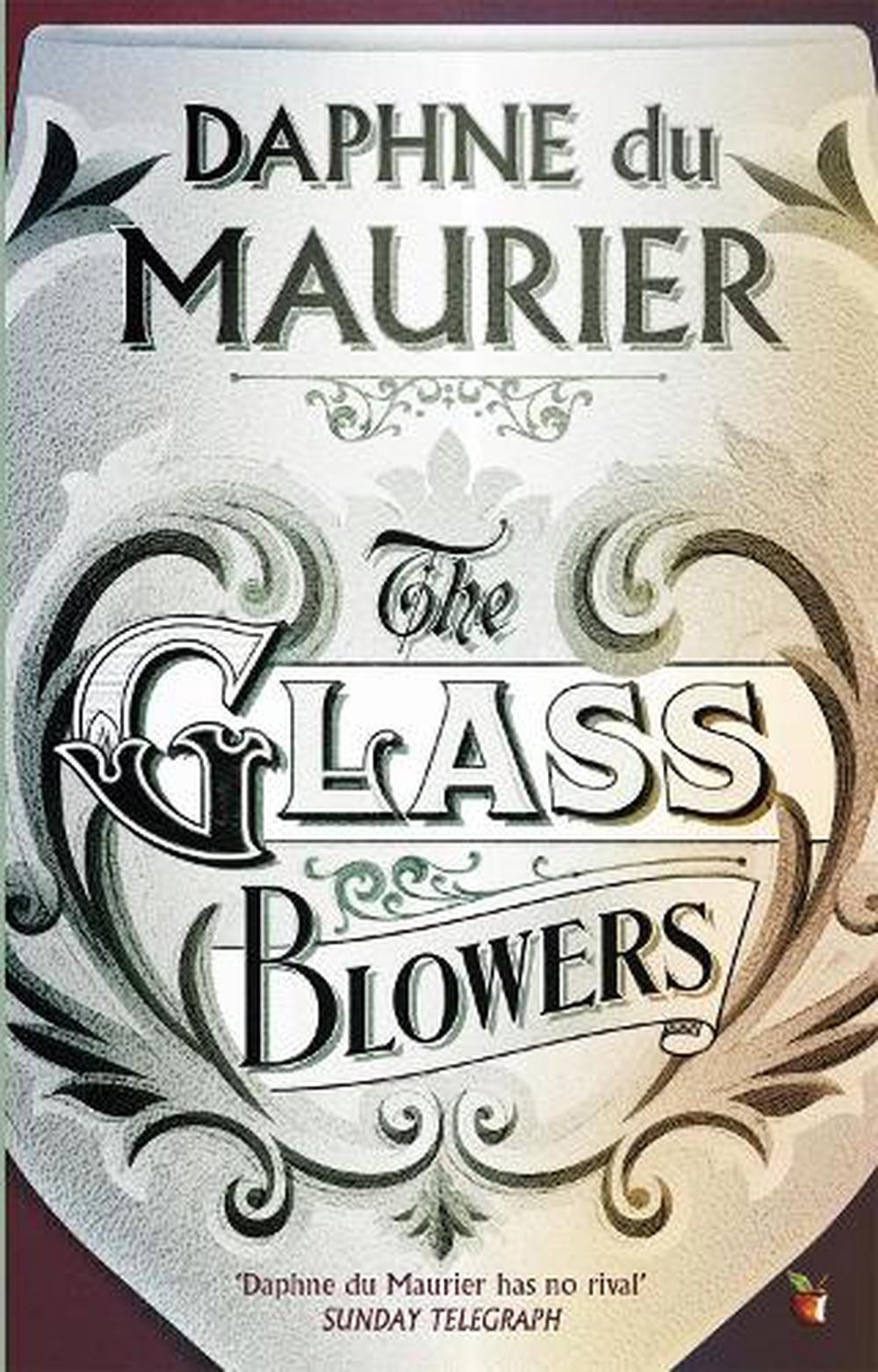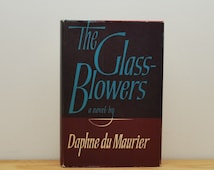

Her nephew has been brought up to believe that his father, Sophie’s brother Robert, was an aristocrat who fled to England to escape guillotining during the Revolution.

Sophie’s narrative is impelled by the need to distinguish reality from fantasy. The Glass-Blowers takes the form of a letter written by Sophie Duval to her nephew, Louis-Mathurin Busson du Maurier, in which she sets out the history of his father’s family. No wonder, then, that when she finally returned to her French novel, the tension between history and story, fact and fiction, etched itself onto her narrative. It led to The Scapegoat, a novel about real and assumed identities. But when du Maurier visited the Loir-et-Cher region to research the lives of her glass-blowing ancestors, a chance encounter there waylaid her imagination. A book with family history as its impetus would fulfill her ever-present need to write, as well as providing a factual skeleton that could be fleshed out with novelistic detail. Since the runaway success of My Cousin Rachel at the start of the decade, no new idea had arrived to spark du Maurier into fiction. She had recently completed her novel about Mary Anne Clarke, her famous great-great-grandmother, and a complementary work about the French side of her family seemed logical. The Glass-Blowers, the fictionalized story of his family, was originally published in 1963, but du Maurier first conceived of writing about her French forebears in the mid-1950s. To my forebears, the master glass-blowers of la Brûlonnerie, Chérigny, la Pierre and le Chesne-Bidault.ĭaphne du Maurier was the fifth-generation descendant of a French master craftsman who settled in England during the Revolution.

If you would like to use material from the book (other than for review purposes), prior written permission must be obtained by contacting the publisher at Thank you for your support of the author’s rights.

Copyright Act of 1976, the scanning, uploading, and electronic sharing of any part of this book without the permission of the publisher constitute unlawful piracy and theft of the author’s intellectual property.


 0 kommentar(er)
0 kommentar(er)
